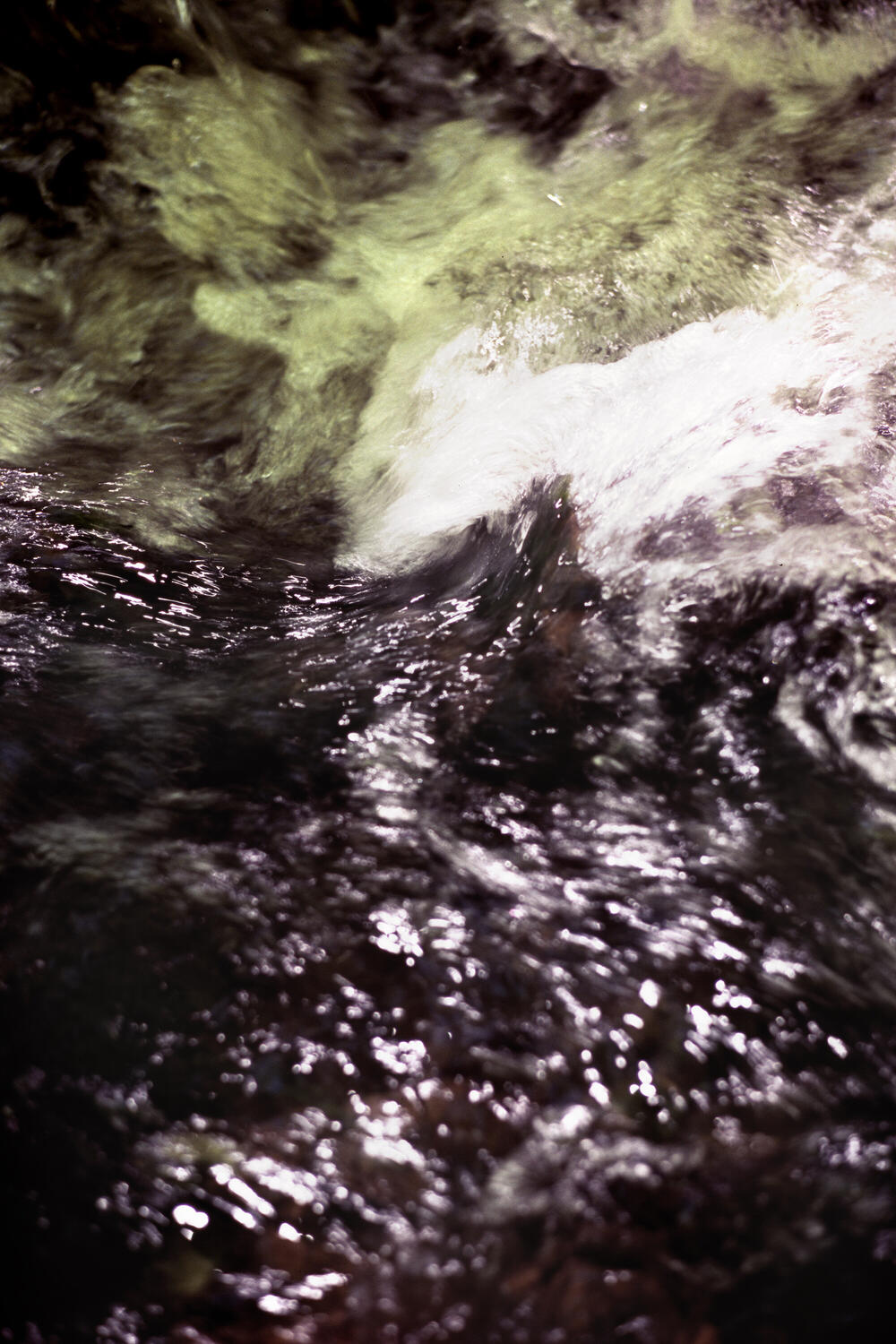


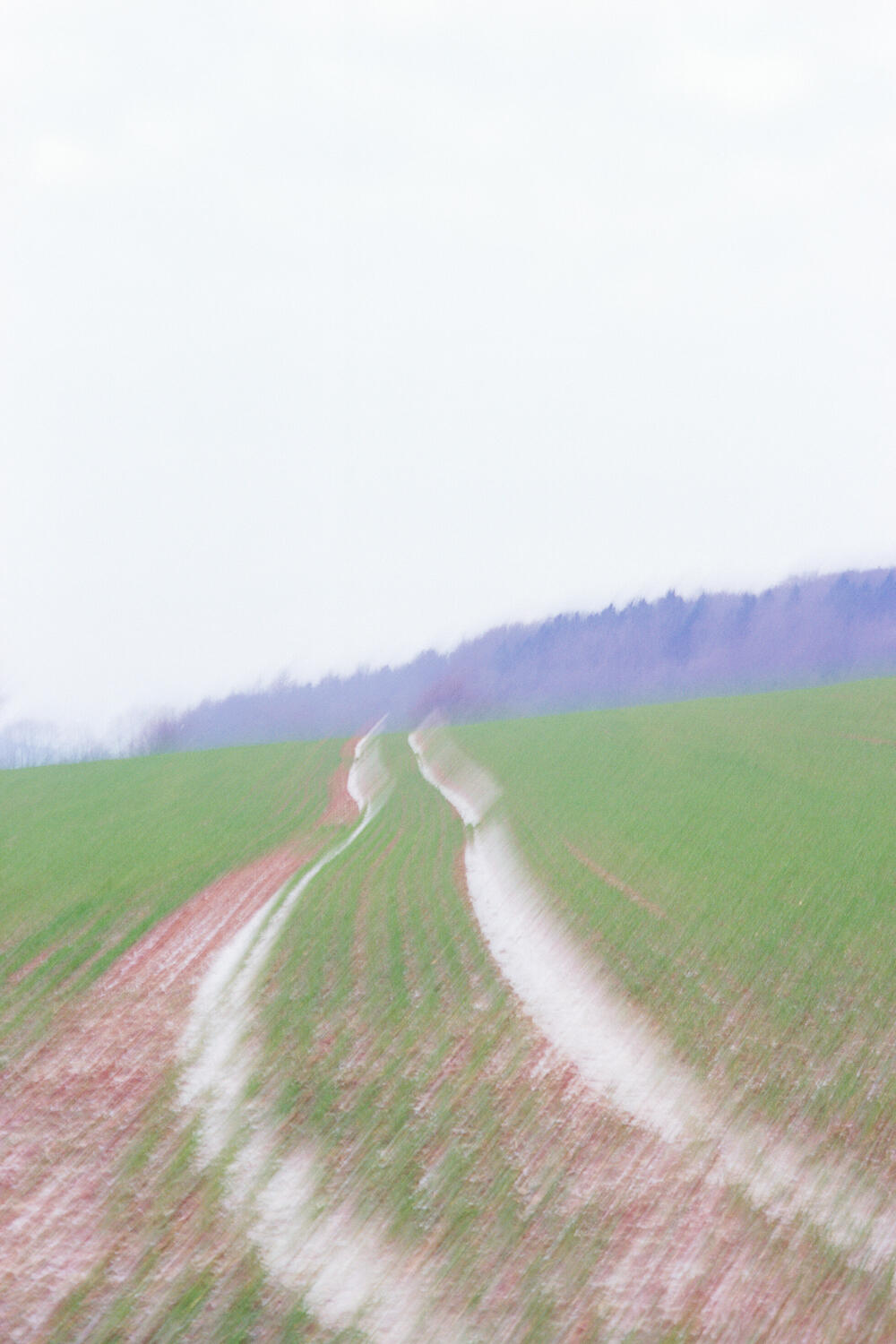
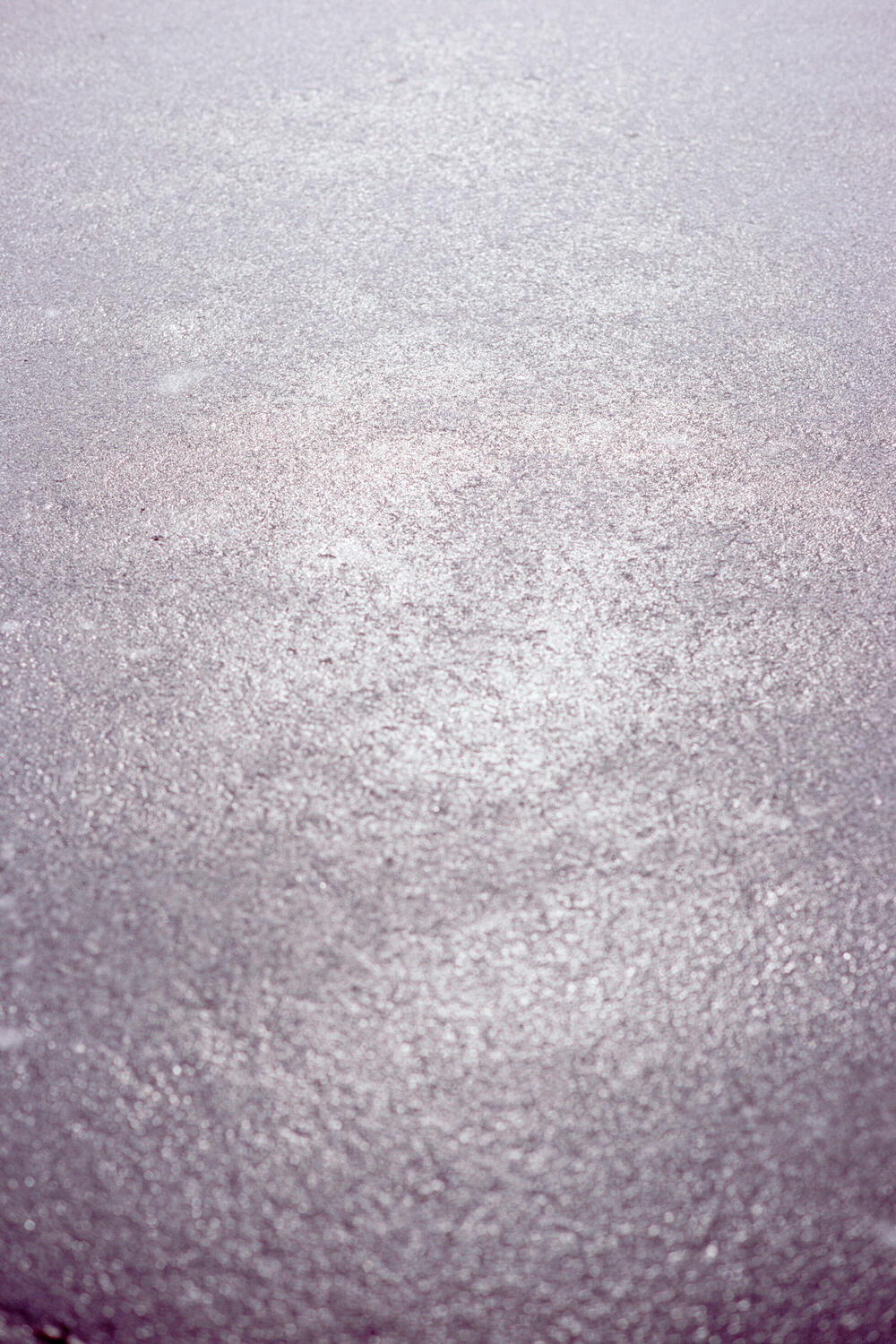
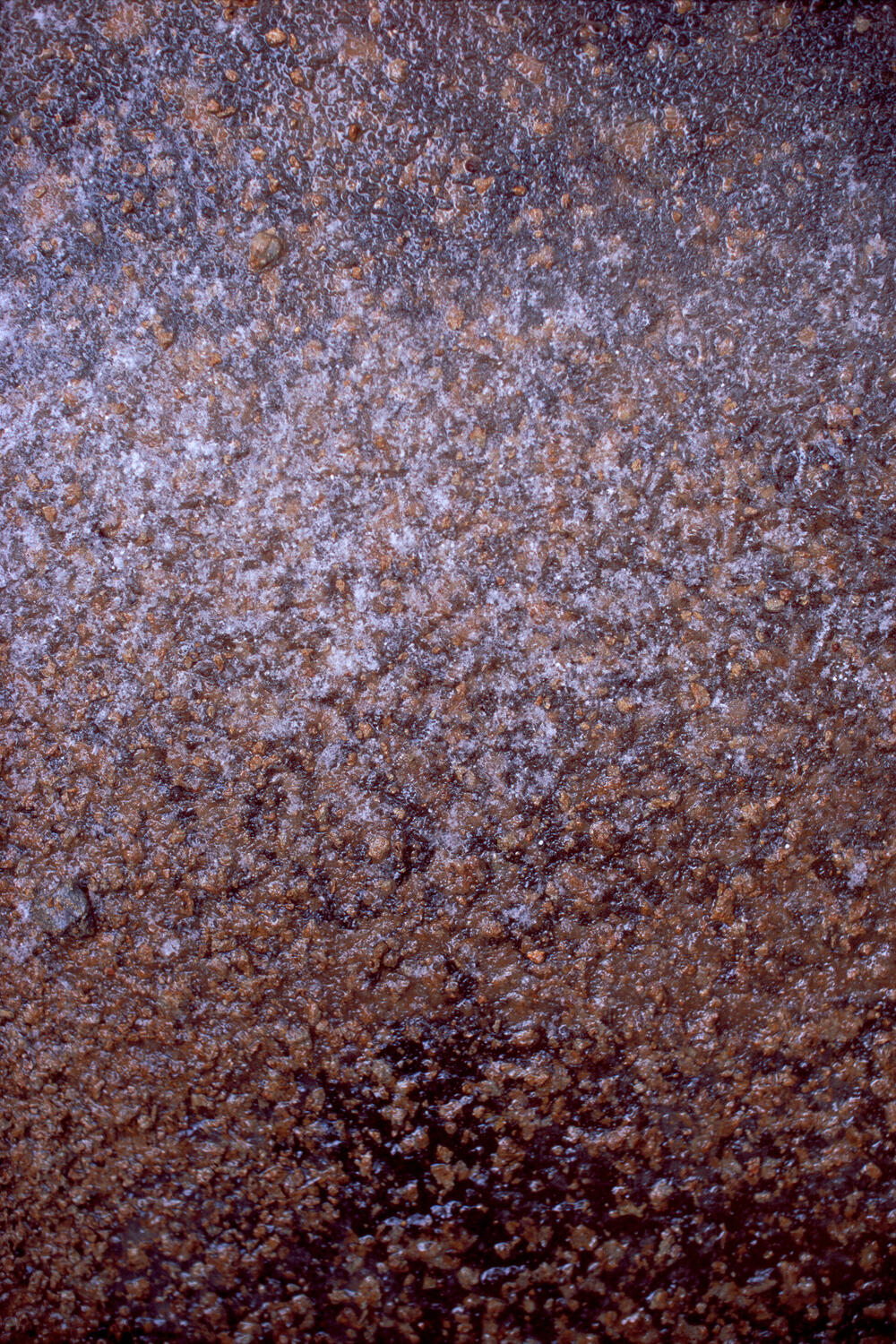
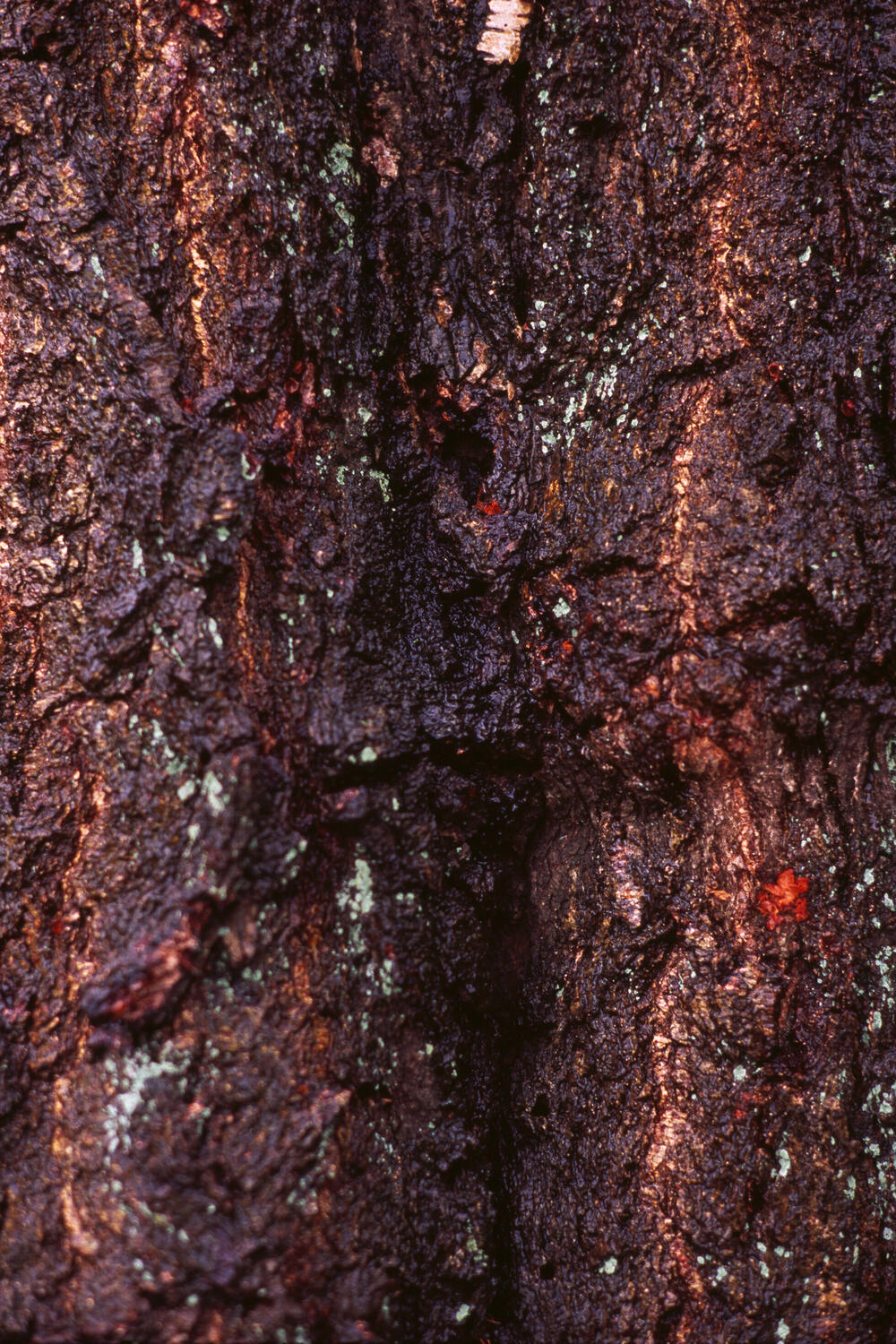
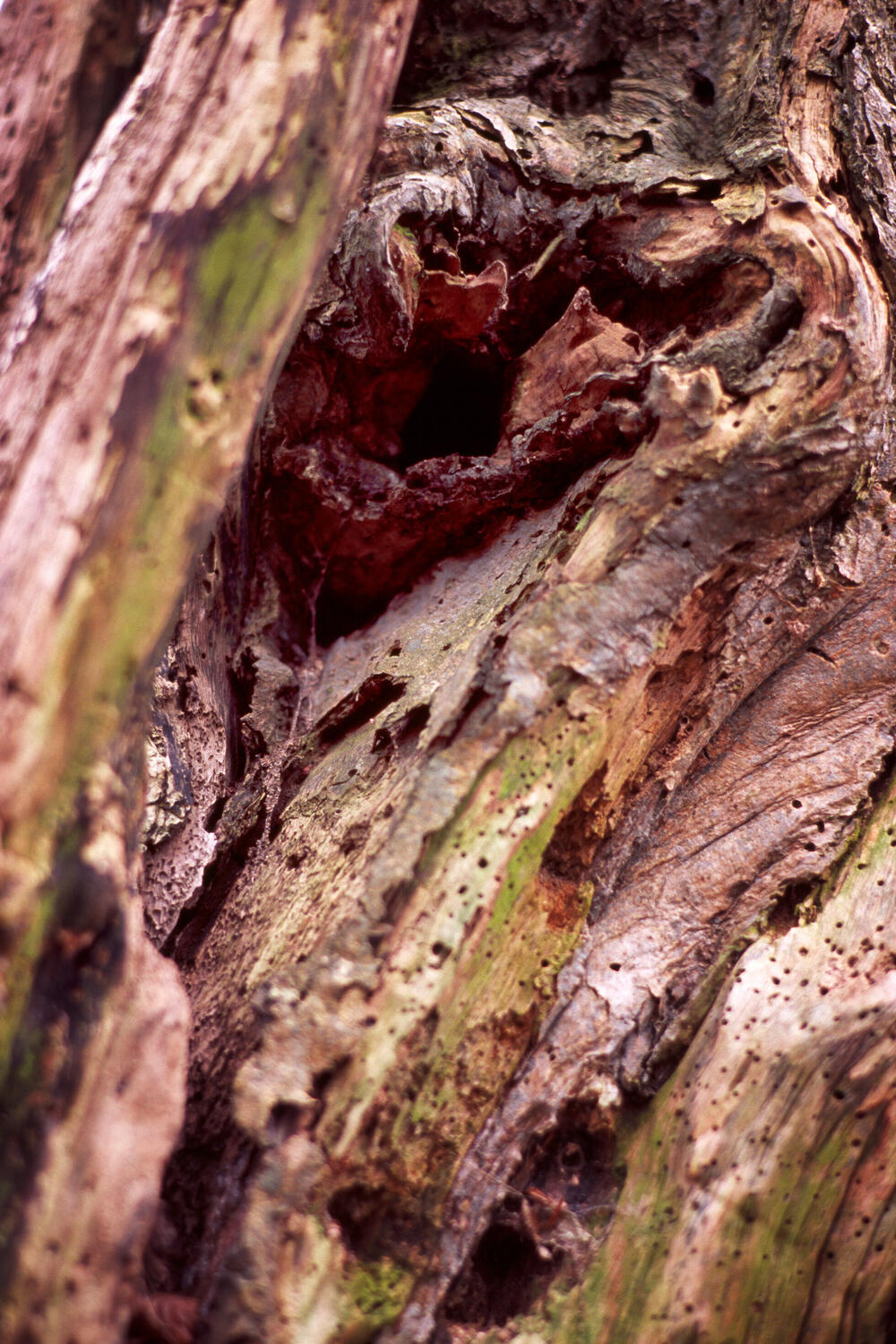
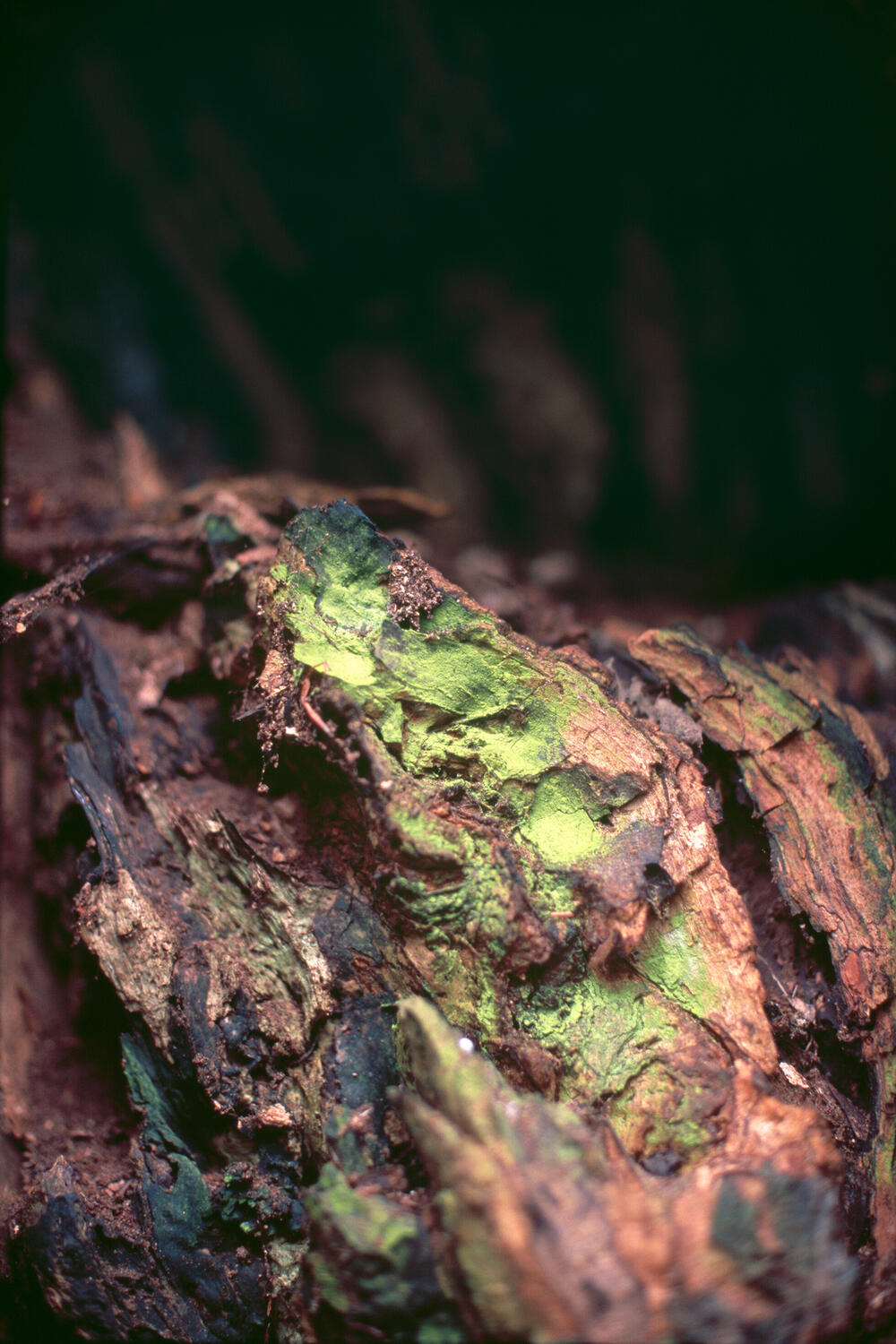
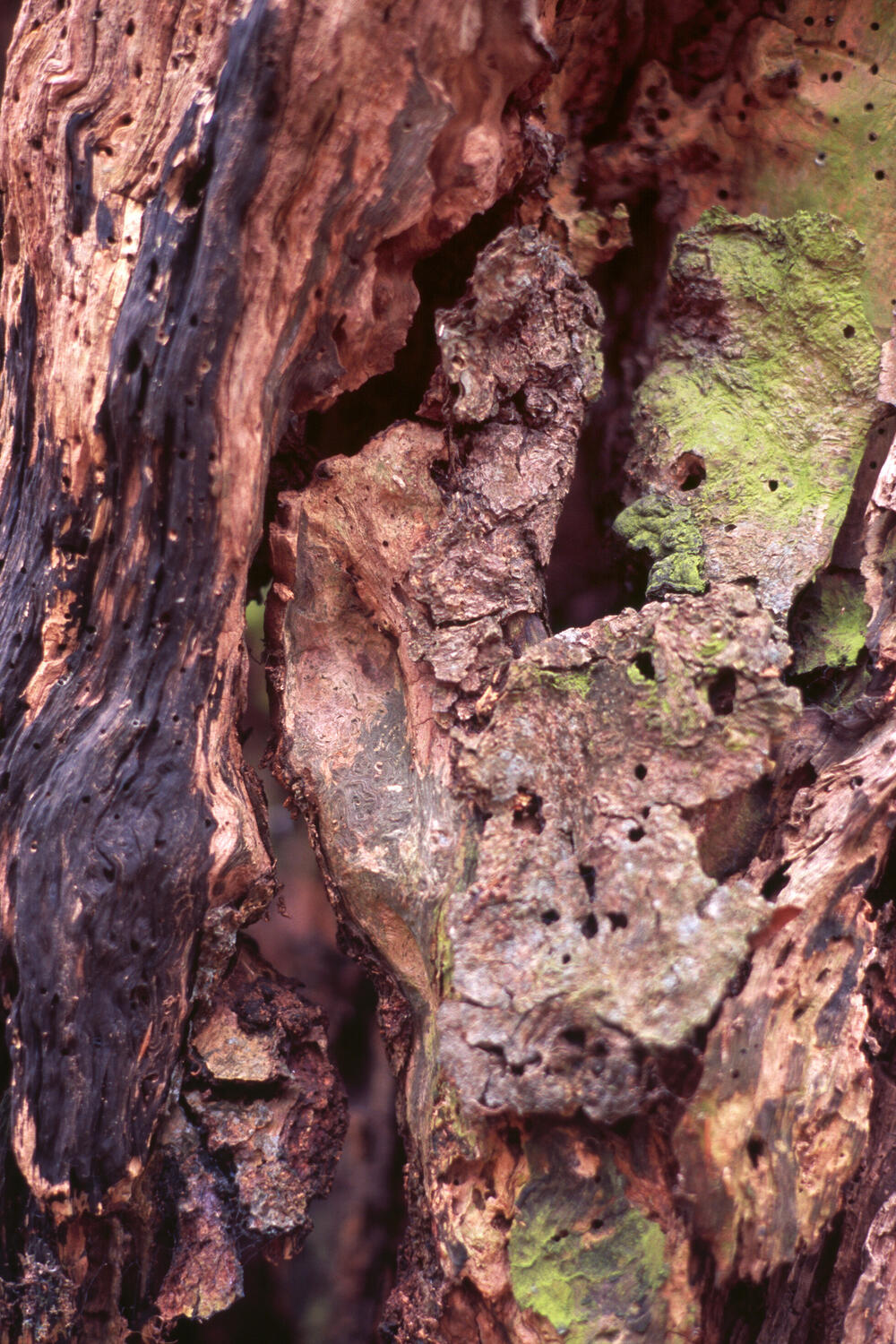



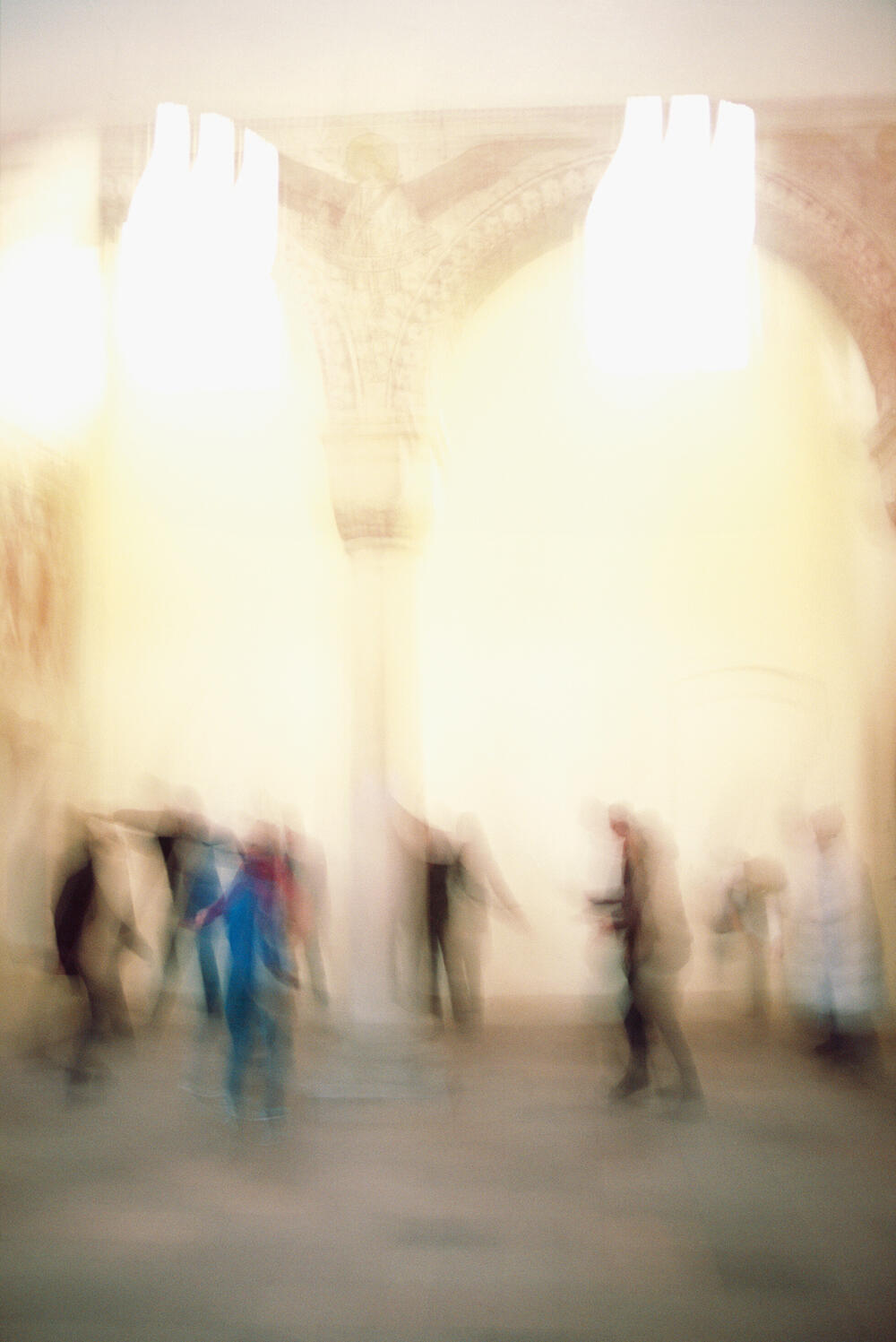
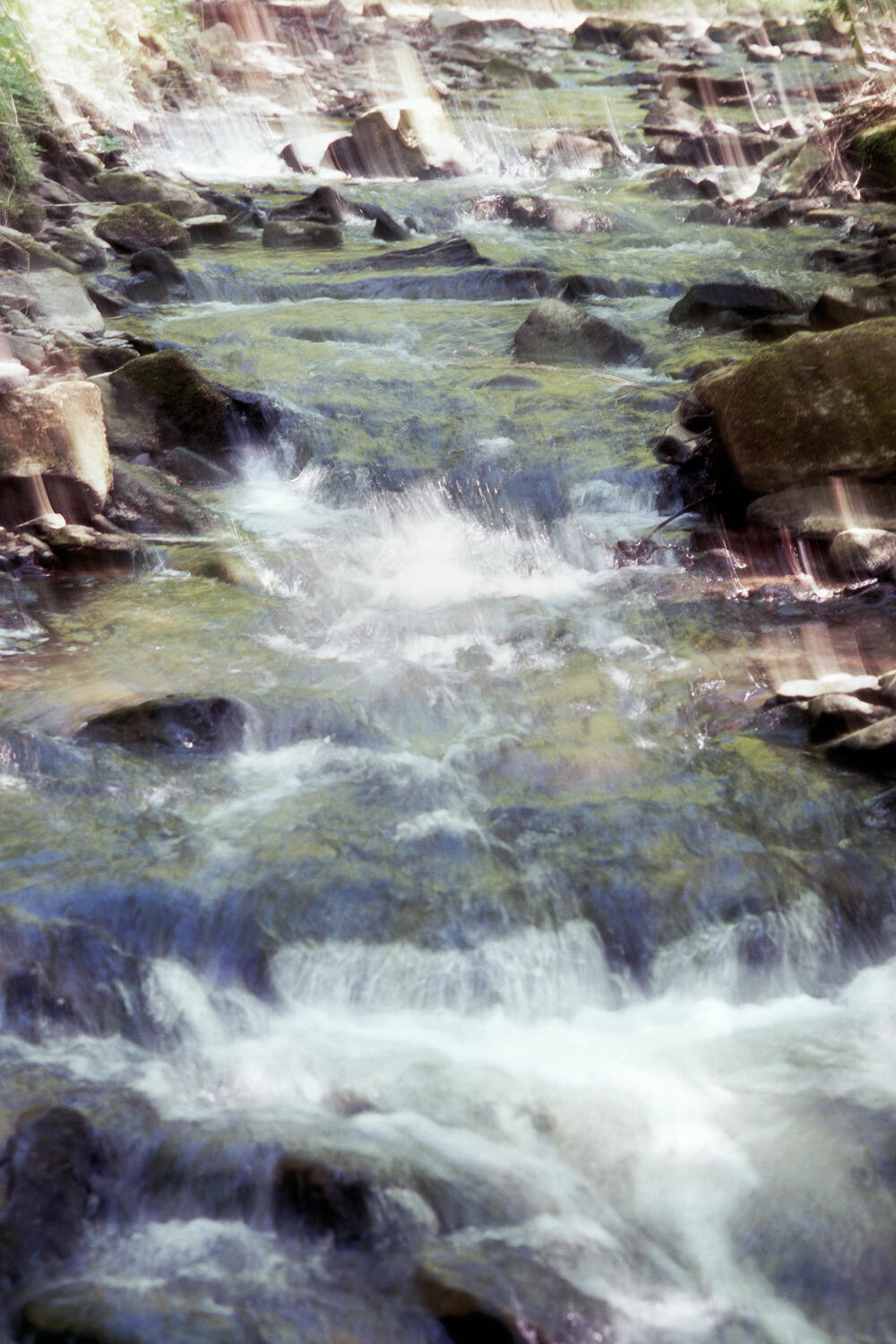
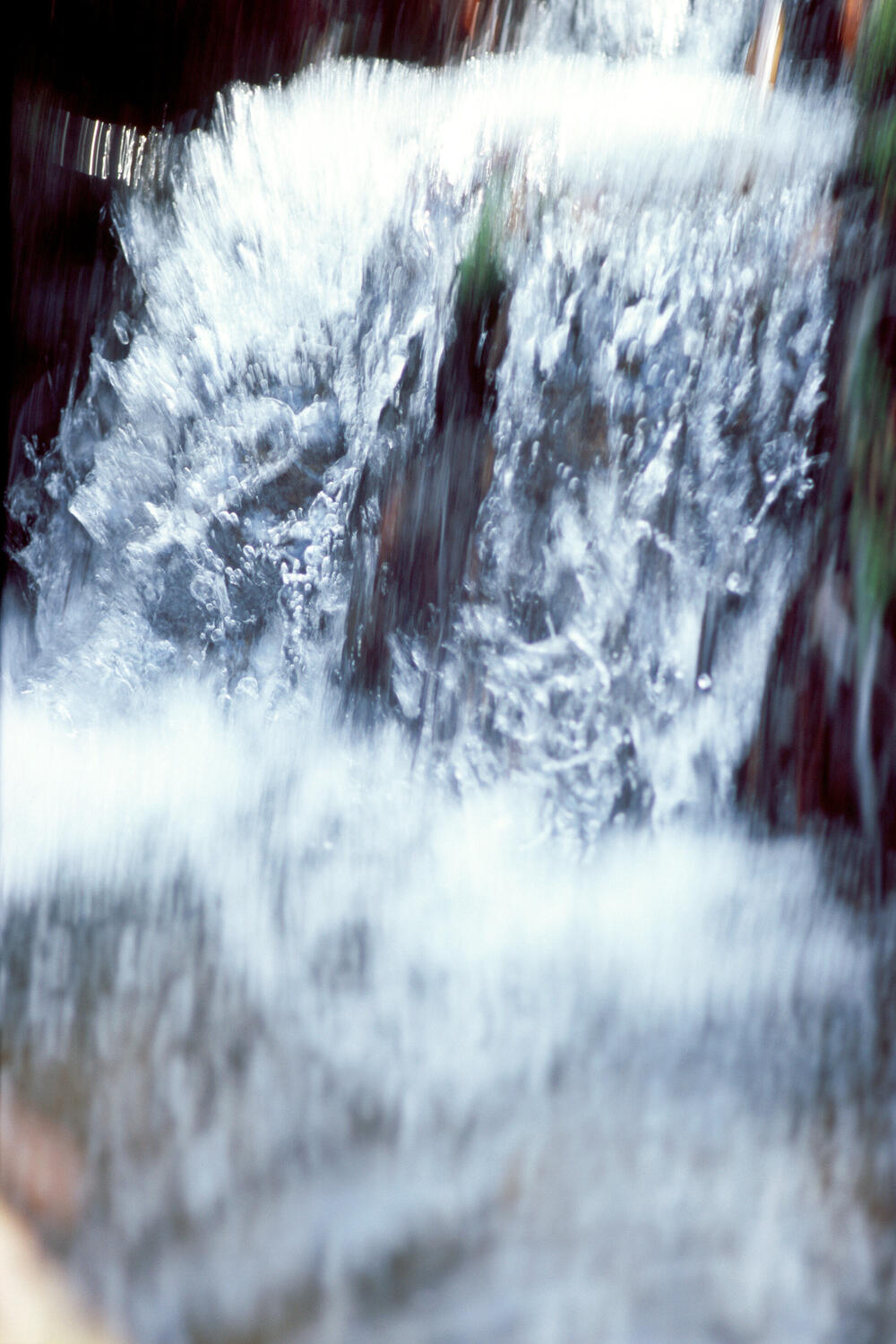

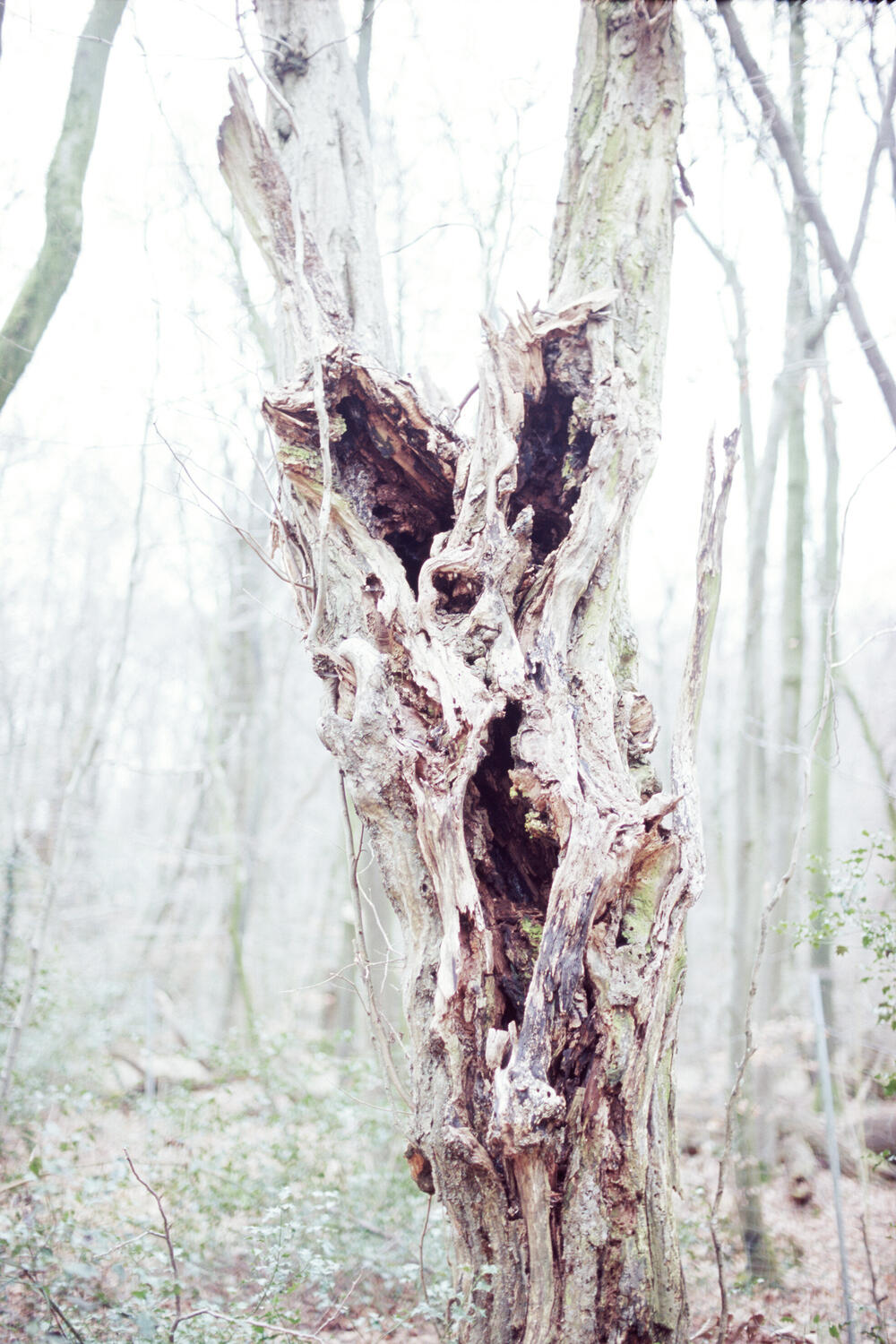
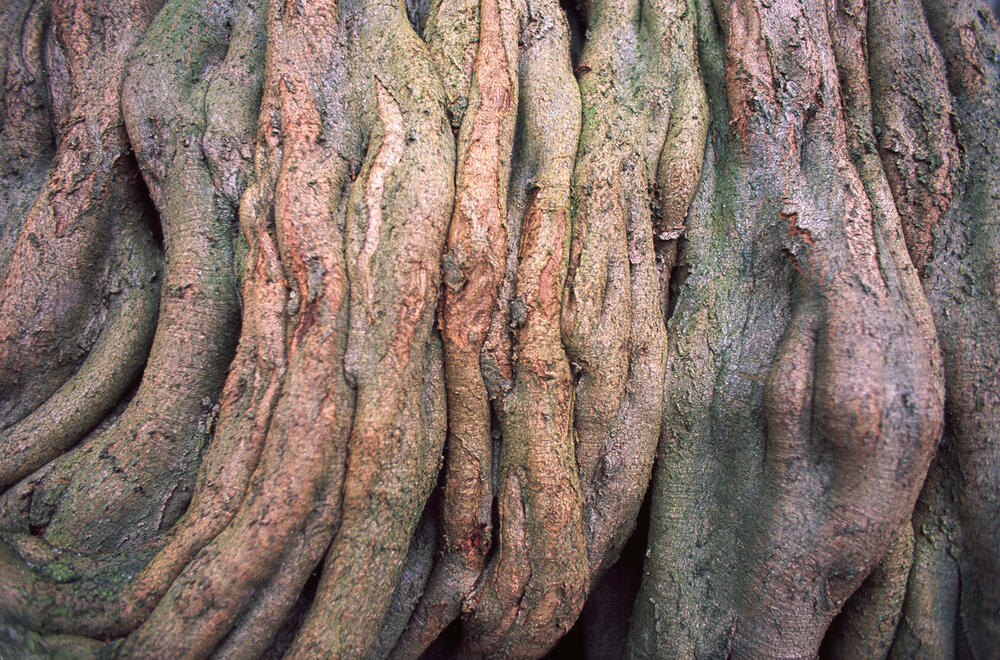
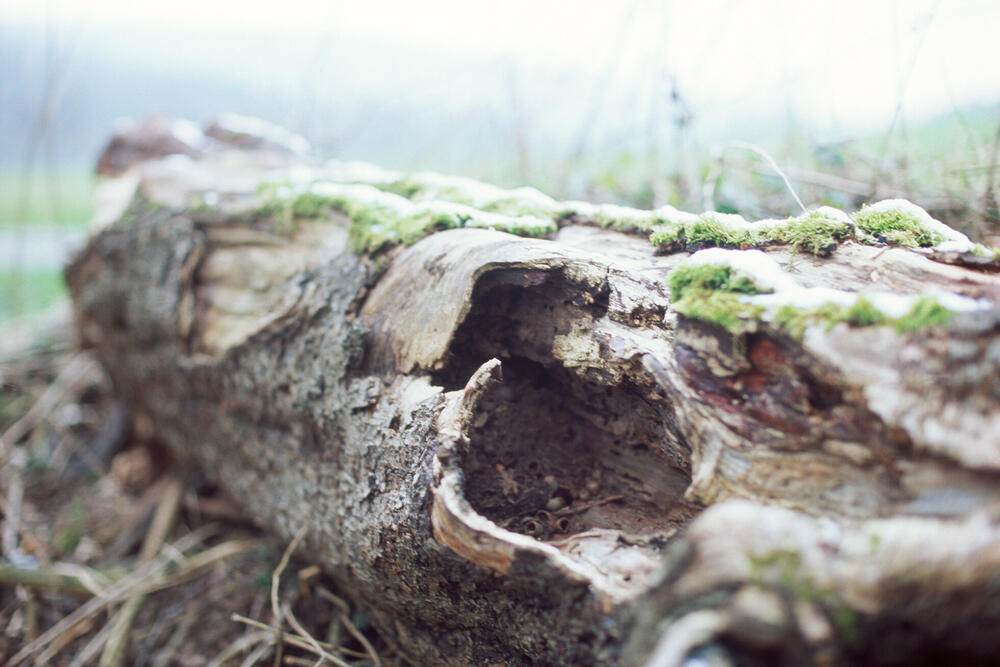
An angel appears. It is barely even recognisable as such, being so bright and light, resplendently bright and light. A nebulous, undefined existence.
But is it even there? No, not in the same way that there is a swallow, like the one in the barn opposite Bursfelde Church; a swallow which leaves its nest, flies, returns to it. No, not like there is a morsel of bread, a sip of water or wine to tempt the palate. No, but it is depicted there right there in Bursfelde Church.
Olaf Schlote has already taken a picture of the image of the angel. He is a photographer, which translates from the Greek as “one who draws with light”. By shooting the image of the angel in such a resplendently light and bright way, he transfigures it, transforming it into a “figure of light”.
Schlote’s position as a photographer is the same as that of the artist Paul Klee, who wrote that his creative confession as an artist was not to reproduce the visible but to make it visible. The credo sounds, as is not unusual for credos, absolute: one is either on the one side (that of the interpretation of reality) or on the other side (that of the documentation of the same). Between them lies the golden mean. Both Schlote and Klee have chosen a path which is more in the first direction than the second.
For what else should they do if their aim was to depict angels? What would you do, dear reader? How would you capture this type of transcendence in an image? Can the figure of light not be made more visible with the tools of light imaging than with overexposure? Another idea? What?
Bursfelde Church is divided in two. On the one side, left of the entrance, is a classic crucifixion group made of wood. Its reflection on the other side, right of the entrance, is another, modern crucifixion group. A photographic triptych by Schlote, an encoded altarpiece. There are no figures of any kind; it shows only wood, wood from the surroundings. Only someone who firstly has a knowledge of the Bible, who secondly knows one altarpiece or another and who thirdly sees the torso of a tree at another point in the exhibition (from the surroundings as well, a torso representing the crucified person), only such an individual will hold the key to interpreting this image as an altarpiece.
Interpretation is a matter of education. Those who have never learned mathematics cannot add together one plus one. And those who do not know the Bible can derive from Leonardo’s depiction of the Last Supper at most that a certain group of people do not get along, probably due to the small bag on the table. No one has the slightest inkling what is inside it; no one has the slightest inkling of the subject of the piece.
And no one has an inkling of how the story ends after the supper. The artist created three light boxes for this. The conclusion is bright and light, resplendently bright and light. Ascension. Eyes turned to the ground, the icy ground across which the light cascading from the sunny sky scatters and refracts.
Frank Laukötter